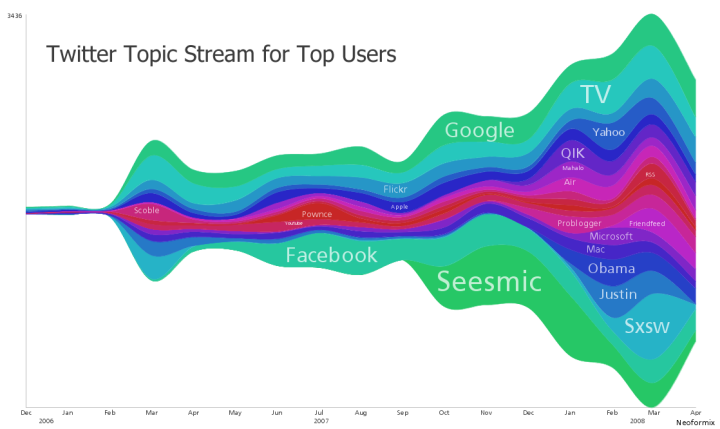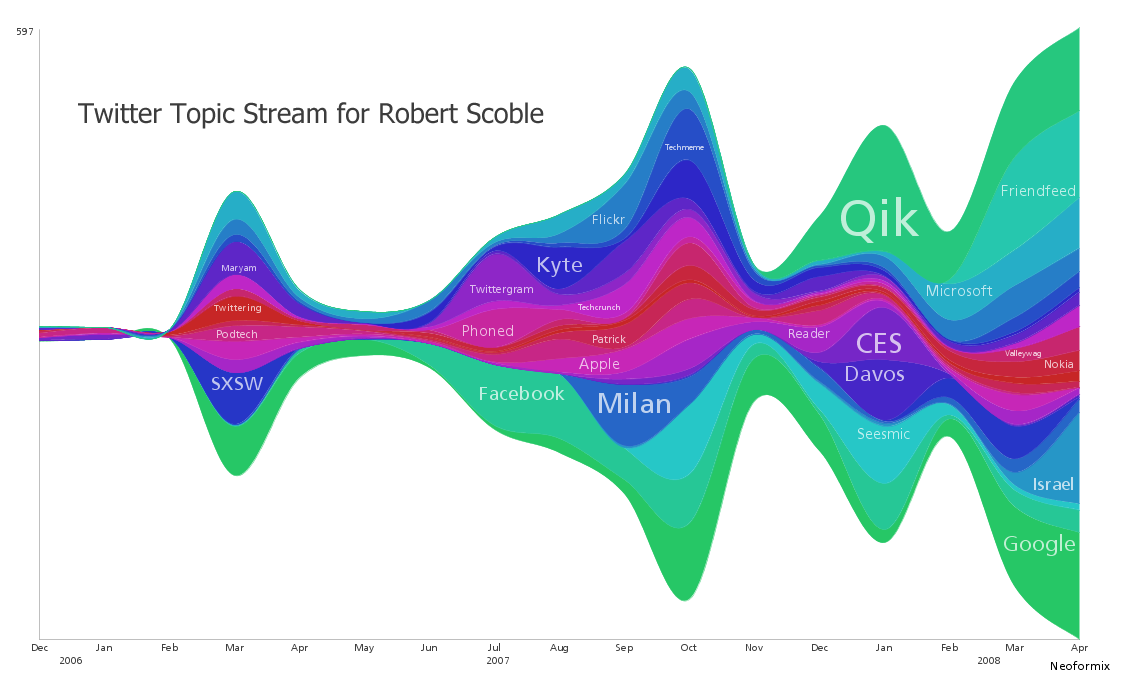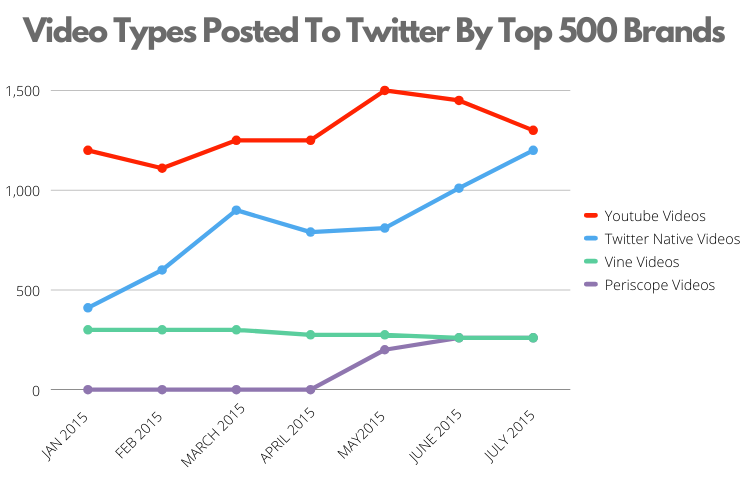Blog Del Narco: Unmasking The Controversial Digital Chronicle
The internet has always been a mirror, reflecting both the brightest and darkest aspects of humanity. Among its most controversial reflections was "Blog del Narco," a digital platform that rose to infamy by purportedly documenting the brutal realities of Mexico's drug cartels. For years, this site served as a raw, unfiltered, and often horrifying window into a world most people could only imagine. Its content, graphic and unsettling, sparked intense debate about journalism, ethics, and the public's consumption of violence.
This article delves deep into the history and impact of Blog del Narco, exploring its origins, the nature of its controversial content, its eventual closure, and the lasting legacy it left on the digital landscape. We will examine the ethical dilemmas it posed, the challenges of verifying information on such platforms, and the broader societal implications of its existence. Prepare to navigate a complex and often disturbing corner of the internet's past, understanding why this site became a focal point for discussions about cartel violence and online media.
1. The Genesis of Blog del Narco: A Digital Anomaly
2. Unveiling the Content: What Made Blog del Narco Notorious?
3. The Controversial Ethics: Morality, Journalism, and Public Consumption
4. The End of an Era: Why Blog del Narco Closed in 2013
5. The Rise of Clones and Successors: Mundo Narco and Beyond
6. Evaluating Authenticity: The Challenge of Verifying Information
7. Beyond the Gore: The Societal Impact of Blog del Narco
8. Navigating the Digital Underbelly: Lessons from Blog del Narco
1. The Genesis of Blog del Narco: A Digital Anomaly
In the late 2000s, as Mexico's drug war escalated, traditional media outlets often found themselves constrained by threats, censorship, or self-preservation, making it difficult to report fully on the brutal realities unfolding. It was into this vacuum that "Blog del Narco" emerged. Launched in 2010, the site quickly became a primary, albeit controversial, source for information and graphic imagery related to cartel activities. It was a community for discussion about Mexican cartels, a place where individuals could witness or share events that rarely made it to mainstream news.
The blog's anonymous creators claimed their mission was simply to report what was happening, providing an unvarnished look at the violence gripping the nation. This approach resonated with a segment of the public hungry for information, even if it came with a heavy psychological cost. The site's content was often described as "not for the faint of heart," a warning that became synonymous with its name. Its rapid rise to prominence underscored a critical need for information, however disturbing, when official channels seemed inadequate or compromised.
2. Unveiling the Content: What Made Blog del Narco Notorious?
What distinguished Blog del Narco from other news sources was its willingness to publish content that was often too graphic for mainstream media. The site became infamous for its raw videos and images depicting torture, executions, beheadings, and other unspeakable acts of violence perpetrated by drug cartels. It was a digital archive of horror, often accompanied by cartel communiqués, threats, and messages directed at rival gangs or authorities.
Graphic Depictions and Unverified Claims
The content ranged from gruesome crime scene photos to amateur videos of cartel members interrogating and executing rivals. These were often accompanied by minimal context, leaving viewers to piece together the narrative. The sheer volume and explicit nature of the material ensured that once seen, it was not easily forgotten. However, the site's primary goal appeared to be maintaining views, leading to a significant problem with accuracy. "They post anything just to keep the views up," was a common criticism, highlighting a clear disregard for journalistic integrity in favor of sensationalism. For instance, there were multiple instances where the blog reported high-profile cartel leaders dead, only for them to resurface later. "They’ve said about ten times Mencho was dead, I remember seeing them saying Mayo was dead," illustrating the site's propensity for unverified and often false claims.
The Gulfos vs. Zetas Rivalry: A Cycle of Brutality
A recurring theme on Blog del Narco was the brutal rivalry between opposing cartels. "Almost every single week on Blog del Narco was either Golfos or Zetas trying to one up each other by torturing and killing a rival from each's side in the most brutal and painful ways possible." This constant stream of escalating violence between the Gulf Cartel and Los Zetas, among others, provided a grim narrative of a war without rules. The blog became a virtual battleground where cartels would post videos of their atrocities, seemingly as a form of psychological warfare against their enemies and a terrifying display of power to the public.
3. The Controversial Ethics: Morality, Journalism, and Public Consumption
The existence of Blog del Narco ignited a fierce debate among journalists, academics, and the public regarding the ethics of publishing such graphic content. Was it a form of citizen journalism, providing crucial information that mainstream media couldn't or wouldn't? Or was it merely a platform for glorifying violence, desensitizing viewers, and potentially aiding cartel propaganda?
Critics argued that by providing a platform for cartel videos and images, Blog del Narco inadvertently amplified their message of terror, giving them a wider audience for their brutal acts. There was concern that the site was exploiting human suffering for clicks and views, blurring the lines between reporting and voyeurism. Furthermore, the anonymity of its contributors and the lack of editorial oversight meant there was no accountability for the accuracy or context of the information presented. This raised serious questions about trustworthiness and authority in a digital age where anyone could publish anything.
For readers, engaging with Blog del Narco presented its own set of ethical and psychological challenges. The constant exposure to extreme violence could be traumatizing, leading to desensitization or, conversely, profound distress. The site was undeniably "not for the faint of heart," and many users expressed a morbid curiosity mixed with revulsion. The moral dilemma for consumers was whether viewing such content was a legitimate way to understand a societal problem or an unethical participation in the spectacle of violence.
4. The End of an Era: Why Blog del Narco Closed in 2013
Despite its massive following, the original Blog del Narco's reign as the go-to source for cartel brutality came to an end. "Real Blog del Narco closed in 2013," marking a significant turning point in its history. The reasons for its closure are multifaceted and somewhat shrouded in mystery, reflecting the dangerous environment in which it operated.
One primary factor was the immense pressure and threats faced by its anonymous operators. Reporting on cartels, even anonymously, carries extreme risks in Mexico. Journalists, bloggers, and anyone perceived as interfering with cartel operations often face severe repercussions, including violence and death. It's highly probable that the threats against the site's administrators became too great to ignore, forcing them to cease operations for their own safety. The phrase "Les informamos que estamos haciendo movimientos al Blog del Narco para realizar mejoras en la página, Gracias," might have been an attempt to signal a change or a temporary hiatus, but ultimately, the original iteration did not return.
Another contributing factor could have been the deteriorating quality of the site's content and user experience. As one user noted, "a few months back I seen a post about someone asking what has happened to El Blog del Narco with the lack of videos and articles and all the porn ads lol." This suggests a decline in the site's original focus, with an increase in distracting and inappropriate advertisements, potentially alienating its core audience. The original mission of raw reporting seemed to be diluted by commercial interests or a struggle to maintain fresh, relevant (albeit disturbing) content.
5. The Rise of Clones and Successors: Mundo Narco and Beyond
The closure of the original Blog del Narco did not, however, eliminate the demand for its type of content. The void left by its absence was quickly filled by a multitude of imitators and successors. "The original Blog del Narco is long gone, all you will find are clones," is a sentiment widely shared by those who followed the site. These new platforms sought to capitalize on the notoriety and the public's morbid curiosity, often adopting similar names or styles.
One prominent successor that emerged was "Mundo Narco." As the data suggests, "it’s called Mundo Narco now," indicating a direct lineage or an attempt to carry on the tradition of its infamous predecessor. These clone sites often mirrored the original's format, posting graphic videos, photos, and cartel messages. However, they frequently suffered from the same issues of unverified content, sensationalism, and a mix of legitimate (though horrifying) information with outright propaganda or fabricated stories.
Beyond "Mundo Narco," other websites and online communities continued to share similar content. Mentions of "theync" and other internet pages suggest that the appetite for such material persisted, finding new homes across the web. This proliferation of clones and successors highlights the enduring, albeit troubling, interest in the raw, unfiltered narratives of cartel violence, even if the sources are highly questionable.
6. Evaluating Authenticity: The Challenge of Verifying Information
One of the most significant challenges associated with Blog del Narco and its successors was the rampant issue of authenticity. In an environment where information was often submitted anonymously, and the goal was frequently sensationalism or psychological warfare, verifying the truth behind each post became nearly impossible. This directly impacts the E-E-A-T principles of expertise, authoritativeness, and trustworthiness.
The Problem of Disinformation and Sensationalism
As noted, "Blog del Narco is a shit sight for info," precisely because "they post anything just to keep the views up." This approach meant that accuracy was secondary to shock value. Reports of cartel leaders being dead, for instance, were often repeated without verification. "They’ve said about ten times Mencho was dead, I remember seeing them saying Mayo was dead," clearly illustrating a pattern of publishing unconfirmed rumors or deliberate disinformation. This not only misled the public but also served the interests of cartels who might use such platforms to spread propaganda, intimidate rivals, or confuse authorities.
For anyone attempting to use Blog del Narco as a source of information, critical thinking was paramount. The content needed to be approached with extreme skepticism, understanding that much of it could be staged, manipulated, or outright false. The YMYL (Your Money or Your Life) principle, while typically applied to financial or health advice, can be loosely interpreted here in terms of personal safety and psychological well-being. Consuming unverified, graphic content without a critical lens can be detrimental, leading to a distorted view of reality or even psychological harm.
The lack of editorial oversight, fact-checking, and accountability meant that these platforms operated outside the norms of traditional journalism. While they provided a raw glimpse into a hidden world, that glimpse was often distorted by the very nature of its presentation and the motivations behind its content. For those seeking genuine understanding of Mexico's cartel landscape, these sites served more as a symptom of the problem than a reliable source of its analysis.
7. Beyond the Gore: The Societal Impact of Blog del Narco
The impact of Blog del Narco extended far beyond its immediate content. Its existence and popularity had profound societal implications, shaping public perception, influencing media landscapes, and even affecting the psychological well-being of its audience.
Firstly, the blog served as a stark, undeniable testament to the extreme violence gripping parts of Mexico. For those living far from the conflict zones, it provided a chilling, if sensationalized, insight into the daily realities faced by many. It forced conversations about the effectiveness of government strategies, the reach of cartel power, and the desperate need for solutions to the drug war.
Secondly, it challenged traditional media outlets. In an era where information travels at lightning speed, Blog del Narco demonstrated the public's hunger for immediate, unfiltered news, even if it was disturbing. This put pressure on mainstream media to find ways to report on sensitive topics without compromising journalistic ethics or endangering their staff. It highlighted the evolving role of citizen journalism, albeit in a highly problematic form, in covering stories that professional journalists might be unable or unwilling to touch.
Finally, the psychological toll on its viewers cannot be overstated. Exposure to such pervasive and extreme violence can desensitize individuals, normalize brutality, or, conversely, cause significant distress and trauma. The phrase "not for the faint of heart" was not merely a warning but a statement about the content's potential to disturb and haunt. The site's legacy includes not just the gruesome images it hosted, but also the broader discussion it provoked about the human cost of violence and the ethical boundaries of its dissemination.
8. Navigating the Digital Underbelly: Lessons from Blog del Narco
The story of Blog del Narco offers crucial lessons for navigating the complex and often dangerous digital landscape. Its rise, fall, and the subsequent emergence of clones highlight the enduring challenges of information verification, media literacy, and the ethical responsibilities of both content creators and consumers.
Media Literacy in the Age of Online Extremism
In an age where anyone can publish anything, the ability to critically evaluate online sources is more important than ever. Blog del Narco exemplified the dangers of unverified content, sensationalism, and propaganda. Its content, often designed to shock and provoke, required a high degree of media literacy to discern truth from fiction, and to understand the potential motives behind its dissemination. Readers must always question the source, consider the intent, and be aware of the emotional impact of the content they consume. The public's desire to "hear stories" or gain insight, as expressed in the provided data, should always be tempered with a healthy dose of skepticism, especially when dealing with such sensitive and volatile subjects.
The legacy of Blog del Narco serves as a powerful reminder that the internet is not merely a source of entertainment or information, but also a reflection of the world's harsh realities. While its original iteration is gone, the lessons it imparted about the intersection of violence, media, and technology remain profoundly relevant. Understanding its history helps us better comprehend the challenges of online content in an increasingly interconnected and often volatile world.
Conclusion
Blog del Narco was a phenomenon that encapsulated the brutal realities of Mexico's drug war and the complex ethical dilemmas of online content. From its controversial inception, providing an unfiltered, often horrifying, glimpse into cartel violence, to its eventual closure in 2013 due to mounting pressures and internal issues, the site left an indelible mark. Its notoriety stemmed from its graphic depictions of torture and killings, particularly the relentless rivalry between groups like the Gulfos and Zetas, and its willingness to publish unverified claims, even about the deaths of major cartel figures like Mencho and Mayo.
While the original "Blog del Narco" is no longer active, its spirit, for better or worse, lives on through various clones and successors like "Mundo Narco." These sites continue to highlight the public's persistent, albeit morbid, curiosity about cartel activities. However, they also underscore the critical importance of media literacy and the need for extreme caution when engaging with unverified, graphic content online. The story of Blog del Narco is a stark reminder that not all information is created equal, and the pursuit of raw truth can often lead to a dangerous and ethically fraught digital landscape.
We hope this deep dive into "Blog del Narco" has provided valuable insight into its controversial history and lasting impact. What are your thoughts on the ethical implications of such platforms? Share your perspectives in the comments below, and consider sharing this article to foster a broader discussion about media literacy and the responsible consumption of online content.

Making sense of streamgraphs - Visualising Data

Twitter Topic Stream

25 Proven Ways To Increase Twitter Engagement